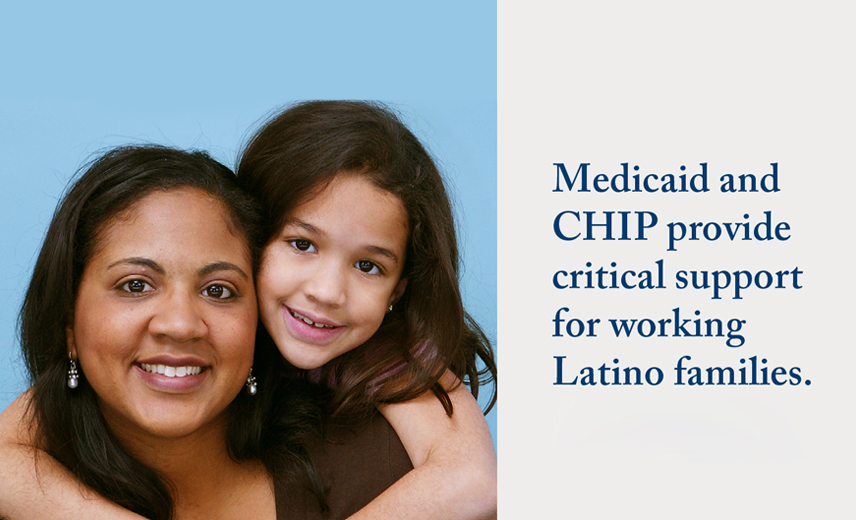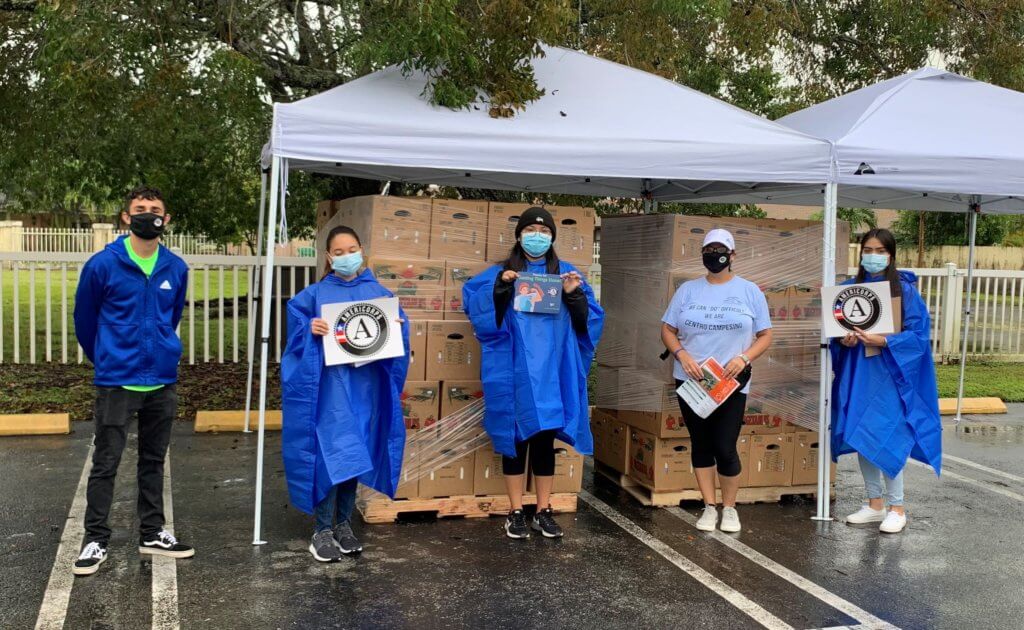Continuous coverage in Medicaid and CHIP advances health equity and better protects Latino kids
Medicaid and CHIP are essential programs for Latino children’s health. Improvements to these programs can have a huge impact on our community and our country.
By Matthew Snider, UnidosUS Senior Health Policy Analyst
The COVID-19 pandemic disproportionately impacted Latinos and other communities of color, exploiting longstanding inequities in our health system. About one-third of all children who have died from COVID-19 were Latino, and Latino children and adults are approximately twice as likely to contract or die from the virus as non-Hispanic whites.
Keep up with the latest from UnidosUS
Sign up for the weekly UnidosUS Action Network newsletter delivered every Thursday.
Moreover, research from last year shows that Latino children were nearly eight times more likely to be hospitalized for COVID-19 than white children, and the long-term effects of contracting the virus remain uncertain. When combined with the increase in the uninsured rate for Latino kids before the pandemic, it is clear that our health system is failing Latino kids.
Medicaid and CHIP are essential programs for Latino children’s health. More than half of Latino children get their health insurance coverage through these programs. For this reason, improvements to Medicaid and CHIP have an outsized capacity to improve Latino kids’ health. Our recent issue brief (written in collaboration with the Georgetown University Center for Children and Families) shows that one policy change in particular—providing 12 months of continuous enrollment, for children covered through Medicaid and CHIP—is a crucial tool for advancing health equity and strengthening our existing health system. This policy ensures that children are not dropped from insurance coverage for technical or income eligibility reasons over the course of a year.
Unfortunately, states are not currently required to provide 12 months of continuous coverage for children in Medicaid and CHIP. While Congress gave states the ability to do so, to-date just around half (24) provide 12-month continuous coverage for children in Medicaid. Better but still incompletely, around two-thirds (26) of the 35 states that operate separate CHIP programs do so.

Notably, continuous eligibility policies among those states with large Latino child populations vary widely in the scope and offerings for each program. For example, New York and California offer 12 months of continuous coverage for both Medicaid and CHIP, while Arizona fails to provide the option for kids in either program. More than 1.5 million Latino children currently enrolled in Medicaid and CHIP in just three states—Arizona, Florida, and Texas—could benefit from adoption of 12-month continuous eligibility.
Twelve-month continuous coverage has real benefits for all children enrolled in these programs. About 14% of Latino children experience a gap in care at some point during the year (compared to just over 7% of non-Hispanic white children). Continuous eligibility policies are one tool to help address this disparity and help every child.
Continuous coverage policies also help insulate children from temporary and seasonal fluctuations in family income, which could result in a child losing health coverage for circumstances entirely outside of their control. Latino households experience high rates of income volatility which can result from temporary changes such as an increase or decrease in hours or shifts and seasonal work. If a gap does occur, a family would be responsible for 100% of the costs of any necessary medical services out of pocket.
Adopting continuous enrollment can also help to alleviate the influence of recent and upcoming policy changes and improve Latino children’s access to health care. Recent anti-immigrant rhetoric and policies made many mixed status families wary of interacting with state and federal benefit programs. Fear and confusion generated by the public charge rule (even though it is no longer in effect) makes frequent eligibility reviews a source of even greater anxiety for a mixed status family.
The end of the COVID-19 public health emergency is also likely to disrupt enrollment in health coverage—a problem that can be mitigated by adopting continuous enrollment for children. Without policies like 12-month continuous eligibility, higher COVID-19 case rates and lower vaccination rates could lead to even longer-term inequities in access to care. For all of these compelling reasons, we are urging state leaders to adopt 12-month continuous eligibility for all children in Medicaid and CHIP.

More immediately, Congress is considering taking the decision out of state policymakers’ hands entirely. The current draft of the Build Back Better Act would require states to provide 12-month continuous eligibility for children in Medicaid and CHIP, rather than leaving it as a mere option that states can choose to implement. By including this provision in the recovery legislation, the House of Representatives recognized that health coverage for children is an essential element of building our health system back stronger than it was prior to the pandemic.
The long-term health and well-being of the country depends on the health and well-being of Latino kids.
Latino children make up approximately one-fourth of the child population today—but are suffering disproportionately from COVID-19 as a result of failures in our existing system. Policymakers must recognize that the long-term health and well-being of the country depends on the health and well-being of Latino kids.



